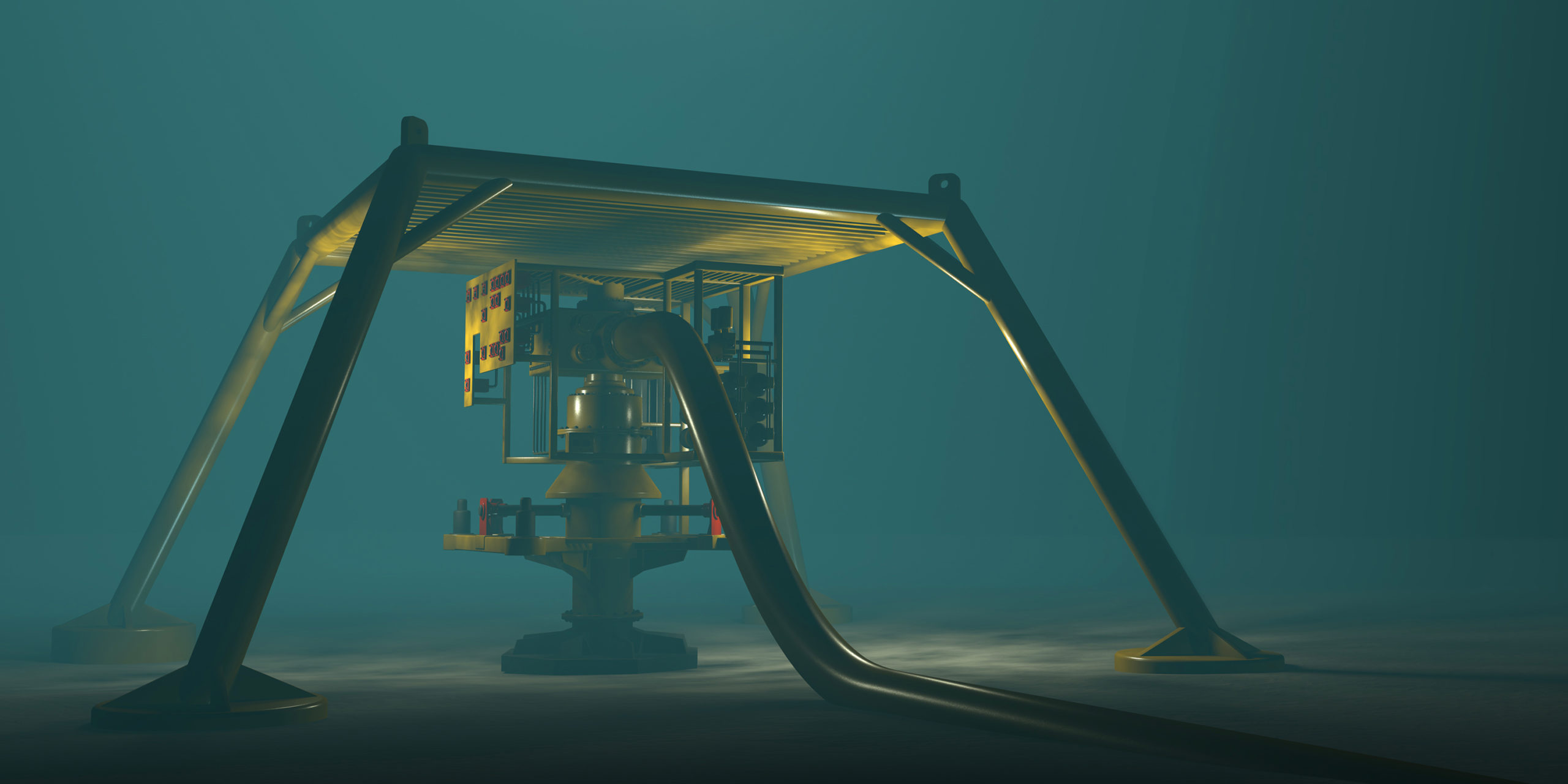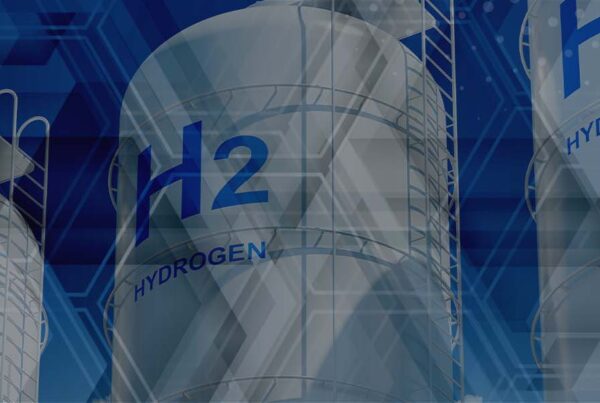In recent years, the economic viability of numerous offshore projects has been questioned due to a relentless rise in Capex and Opex. The prolonged low oil price has placed additional pressure on operator budgets – resulting in deferred sanctioning and in some cases, cancellations of new projects. Prior to the downturn, various projects were under re-evaluation for alternative lower-cost development concepts amidst what operators referred to as “unworkable commercial bids”. This prompted delayed Final Investment Decisions (FIDs) and re-tendering. This can clearly be seen in BP’s Mad Dog Phase II, Chevron’s Rosebank project and Shell’s Bonga South West-Aparo.
The sustained suppression of oil prices has spurred an industry rethink – increasing the focus on standardising subsea equipment, supply chain efficiency and project simplification. These changes all have the aim of streamlining the development process. Over the past year, operators have been successful in achieving price reductions for equipment and services, with an average 50% reduction in drilling costs and around a 20% deduction in subsea equipment costs. It is noteworthy to say that some major projects are being re-engineered and/or re-tendered, with a view of taking advantage of these reduced costs that allow for more cost effective field development. Despite these improvements, project execution challenges are set to continue due to the risks associated with local content issues, prompting wide-spread delays.
Over the next five years, Douglas-Westwood forecasts that world subsea hardware expenditure will total $94.3 billion (bn), with a 3% CAGR (Compound Annual Growth Rate) over the forecast period. This represents a 19% decline on the preceding five year period. The report also highlights the long-term structural shift in the use of energy, with a drive towards cleaner burning fuels. This will prompt the development of vast reserves of conventional gas in remote places as seen in East Africa, using subsea development concept. Reduced installation activity over the short-term, due to limited project sanctioning and falling subsea order backlogs is expected, however, the prospects for long-term growth in the sector remain strong. Rapid technological progress within the industry will be required to ensure the economic viability of many marginal fields and remote discoveries.
Despite the negativity associated with a prolonged industry downturn, steps appear to have been made towards securing long-term contracting stability within the industry – this will be required to ensure viability for future project developments. The number of service and equipment companies engaging in opportunistic M&A activity, with the aim of creating integrated subsea solutions, has increased. This is likely to help improve industry integration and standardisation over the long-term, improving the prospects for projects with challenging economic profiles.
Mark Adeosun, [email protected]
LinkedIn





